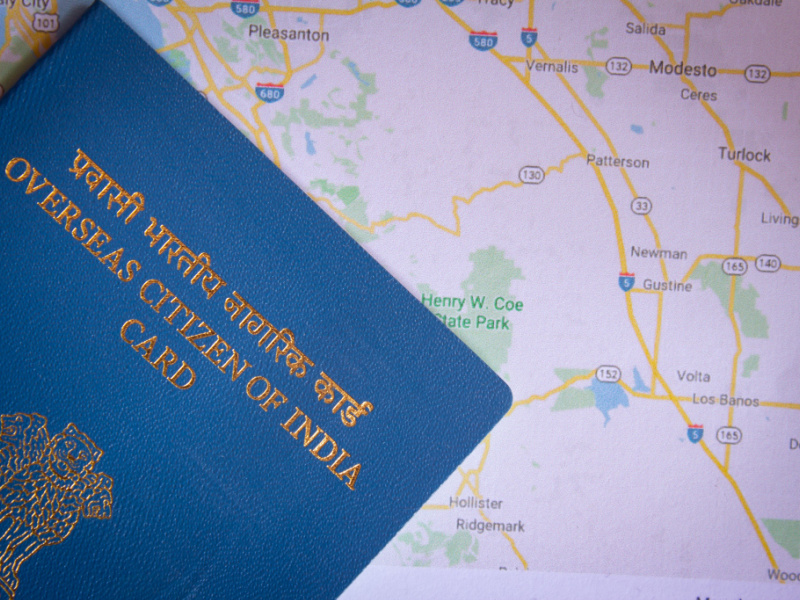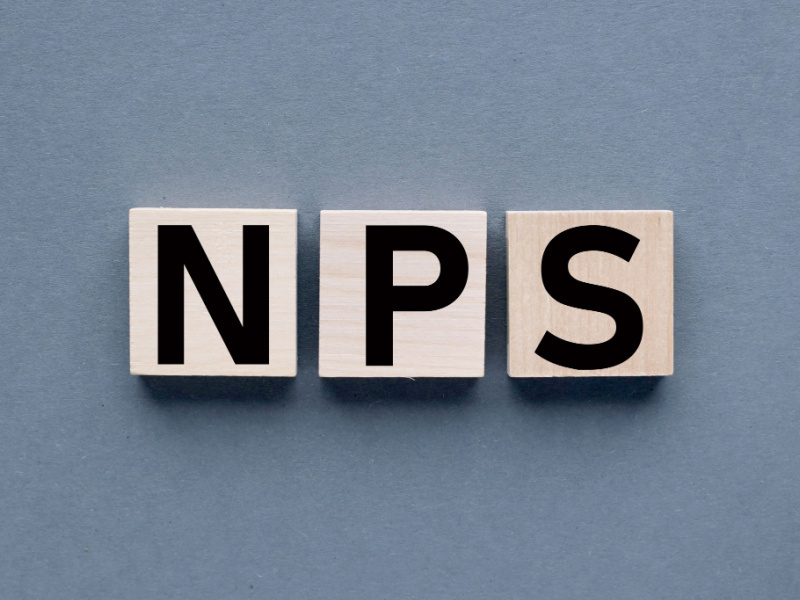
1. What are the features and benefits of NPS?
A. NPS is a government-backed pension cum investment scheme that allows the investors to have risk-free investment along with securing their retirement. The scheme comes with multiple features and benefits that make it an attractive investment option for investors of all classes. Some of such features and benefits are discussed below.
a. Returns
The returns of the NPS scheme are higher as compared to other government-backed schemes like PPF, SCSS, etc. This is on account of the equity portion of the investment which has the potential to generate higher returns as compared to the fixed and nominal returns of the schemes mentioned above. The average annual returns under the scheme are usually between the range of 8% to 10%.
b. Tax benefits
The tax benefits under the scheme are another attractive feature. Investors can get a deduction under Section 80C up to Rs. 1,50,000. An additional tax benefit under this scheme is under section 80CCD 1(B) up to Rs. 50,000 towards Tier I contributions. This takes the overall deduction up to Rs. 2,00,000.
The employer contributions in the case of Tier I contributions are further eligible for deduction up to 14% in the case of Central Government and 10% in the case of other employers under section 80CCD (2). This additional deduction is over and above the deduction available under section 80C.
c. Risk
The risk of investment in NPS is minimal as the scheme is a government-backed scheme. The equity exposure in the scheme is capped at a maximum of 75% or 50% depending on the employer of the investor as well as their age. For example, in the case of Government employees or investors over the age of 60 years, the maximum equity position is capped at 50%. This cap is further reduced by 2.5% each year as the person reaches the age of 50 years.
d. Simplicity
It is a very simple form of investment where the investors can open the NPS account online by visiting the website at ‘https://enps.nsdl.com/eNPS/’ or any of the Point of Presence (POPs) with the help of basic KYC documents.
f. Flexibility
Another feature of the NPS scheme is the flexibility to choose their investment option and the pension fund as well as change the fund upon their discretion.
g. Portability
The NPS account of the investors can also be changed from one city to another as well as on account of a change in employment.
2. What are the tax benefits under NPS for individuals?
A. Tax benefits are one of the biggest attractions of investment in NPS. investors get a deduction of up to Rs.1,50,000 and an additional deduction for Rs. 50,000 under section 80CCD 1(B) for Tier I contributions. The employer contributions for Tier I investments are also eligible for deduction under section 80CCD (2) up to 10% (14% for central government contributions)
3. Is there any proof needed to claim the tax benefit under NPS?
A. Investors will have to submit proof of investment in the form of a ‘Transaction Statement’. Alternatively, they can also download the voluntary contribution made in the Tier I account from their NPS account after logging in to the same. The option to download is available in the menu option ‘View’ and sub-menu ‘Statement of Voluntary COntribution under NPS’
4. Can a subscriber of NPS change their scheme?
A. Yes. The subscriber has the option to change the investment scheme based on their discretion. The process to change the scheme under NPS is mentioned below,
- Visit the website of NPS
- The next step is to login into the NPS account of the investor
- Following this, investors will have to click on the option ‘Transaction’ and the ‘Scheme preference change’ under the sub-menu.
- The investor will then have to select the Tier type and change the scheme preference as per the discretion of the investor.
5. What is the minimum contribution to be made by an investor under NPS?
A. the investors need to pay a minimum amount of contribution for starting an NPS account based on the nature of the investment. The initial contribution required is tapped below.
| Category | Initial Contribution |
| Tier I | Rs. 500 |
| Tier II | Rs. 1,000 |
The minimum contribution to be made by the investors following the initial contribution is tabled below.
| Tier | Minimum contribution |
| Tier I | Minimum contribution – Rs. 500Minimum in any financial year – Rs. 1,000Minimum number of contributions in a financial year – 1 |
| Tier II | Minimum contribution – Rs. 250 |
6. Who should invest in NPS?
A. NPS was launched to provide retirement benefits along with market-linked returns where the funds selected are managed by professional fund managers to ensure the maximization of investor’s wealth. This scheme is ideal for investors having a low-risk appetite along with higher returns expectations than other government-backed schemes like PPF or Bank FDs. Moreover, as India doesn’t allow any social security benefits for the retired especially in the private sector, it makes sense to invest in a pension scheme that can give you financial stability in your retirement years.
7. What are the documents required for Superannuation and premature exit from NPS?
A. The scheme has specified a specific list of documents to be submitted for Superannuation and Premature exit. These documents are highlighted below.
- Original PRAN card
- Another requirement is the advance stamped receipt which has to be duly filled and cross-signed on the Revenue stamp.
- Basic KYC documents (address and photo-id proof)
- Apart from this subscribers also need to submit a ‘Cancelled Cheque’ (having their Name, Bank Account Number, and IFS Code) or ‘Bank Certificate’ on Bank Letterhead having Subscriber’s name, Bank Account Number, and IFSC Code required to be submitted as bank proof. ‘Copy of Bank Passbook’ can be accepted, however, it should have Subscriber’s photograph, Name, and IFSC Code on it and should be self-attested by the Subscriber.
- The subscriber will also require submitting the “Request Cum Undertaking” form if they are eligible for complete Withdrawal.
8. What are the conditions related to partial withdrawal from NPS?
A. The scheme requires the subscribers to meet specific conditions to be eligible for a partial withdrawal. These conditions are mentioned below,
- The account has to be operative for a minimum period of 3 years.
- The amount of withdrawal cannot exceed 25% of the contribution which is made by the subscriber.
- The subscriber is allowed to make a withdrawal only up to 3 times during the entire tenure of the subscription.
- The reasons for withdrawal can be any of the following specified reasons
- For higher education of children
- To meet wedding expenses of children
- To meet the expenses for purchase or construction of a residential house (provided they meet specific conditions)
- To meet the expenses related to critical illnesses
9. What is PRAN and PRAN Kit in relation to NPS?
A. PRAN Kit is the kit issued after opening the NPS account. This kit includes the PRAN Card, subscriber’s details (Subscriber Master List) as well as the information booklet. Subscriber master list has all the information which is provided by the subscriber in their application and captured by the CRA system.
PRAN Card, on the other hand, includes the details like Subscriber’s name, Father’s name Photograph, and signature or thumbprint along with their date of birth.
The
10. Who can open an account under NPS?
A. The scheme has specified the eligibility conditions related to investment in the NPS account. These eligibility parameters are tabled below.
| Criterion | Requirement |
| Age | Minimum – 18 yearsMaximum 70 years (revised in 2021) |
| Residential status | Resident / NRIAn NRI can invest only if he/she has a PAN card and a bank account in India |


























